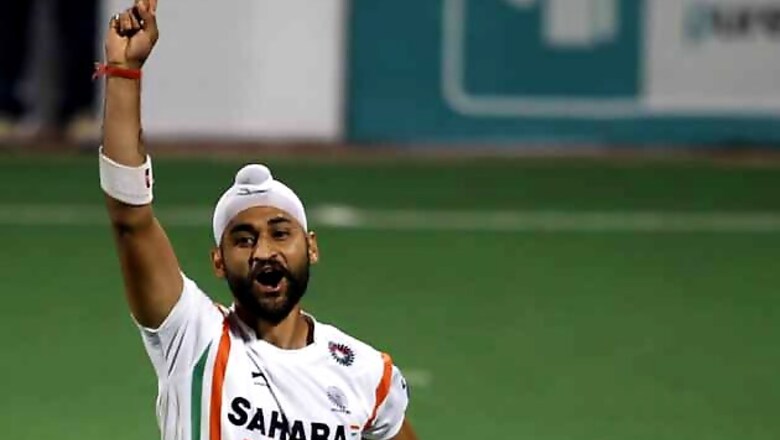
views
Forget MS Dhoni's helicopter shots for now, it's Sandeep Singh's drag-flick that's creating the entire buzz. Indian hockey has stormed back into the Olympics, the very place that until 1980 was synonymous with success for India, the very place where we won not one or two but eight gold medals and the very place where we were unbeatable from 1928 to 1956. The 2012 London Olympics will mark Indian hockey's return to the Games.
The drive to honour this date was full of bumps, more off the pitch than on it. Warring administrative factions made it difficult for players to concentrate, prolonging Indian hockey's recuperation after the accident that was 2008. The wounds of failure to qualify for the Olympics that year were still gaping, demanding a Herculean effort for the national game to get up and walk again. But the scuffle between Hockey India and the Indian Hockey Federation wasn't helping. And the IHF's penalising decision to withdraw the Champions Trophy from India shook the game's foundation. Then came a change, six months ago.
Michael Jack Nobbs
India had lost to Malaysia in the semi-finals of the 2010 Asian Games, with which Spaniard Jose Brasa's unconvincing coaching contract had expired. Unable to locate a suitable replacement, HI handed over the reins to Harender Singh in may 2011 for the Sultan Azlan Shah Cup; however, the team fared badly under him.
By now, HI had short-listed three candidates: Dutch legends Roelant Oltmans and Jacques Brinkman, and Nobbs who played the 1984 Los Angeles Olympics for Australia. Finally, Nobbs got the job, and in a first, HI gave him an unprecedented five-year incentive-linked contract that runs until the 2016 Olympics in Rio de Janeiro.
Nobbs' appointment, based on the premise that the Australian style of play resembled India's, hit the bull's eye. Nobbs reminded India of it's strength.
Attacking hockey
From Dhyan Chand to Balbir Singh Sr, from Jagbir Singh to Dhanraj Pillay and from Mukesh Kumar to Shivendra Singh, India have always relied on its speed and skill to rattle the opposition. But somehow, in a catch-up race with the Europeans and Australians on artificial surfaces, India had put that approach on the backburner. They needed someone to wake them up and return to their roots. Nobbs did just that.
The new India coach's blueprint was complimented perfectly by his backroom approach. In a country that had seen the headmaster-like attitude of foreign coaches such as Greg Chappell and Jose Brasa falling prostrate, Nobbs did well to sit back, instruct and let the boys take centre-stage.
But to bring India back to its attacking roots, a structured approach was needed.
Peak Fitness
"You run into an Australian and it seems like you have hit a brick wall," Nobbs had said during one of his numerous interactions with this reporter. "We are just not big enough. We've got a few boys [who are big]. The nutrition side of it is being worked upon at the moment.”
With physical trainer David John on his side, he had the perfect man to execute his plans. Nobbs even had the support of his boys, as his words suggested. "They [the players] now tell me when they are injured or sore instead of hiding it. That's really important for a coach. We've now told them if there is any problem or anything, you tell us and we can fix that with our brilliant sports medicine and physios."
All that came to light explicitly in India's road to London.
Go for the kill
With fitness taken care of, it was time to play attacking hockey. But that too needed diligent planning, and Nobbs hadn't missed out.
Giving each player a breather after seven to eight minutes on the field seemed to be the mantra. Unlimited rolling substitutions in hockey help accommodate that strategy and the Indian team has utilised that to the hilt. To do that, you need at least two players for each position or players who can play at multiple positions.
"We want to build towards a pool where we have at least three players for each position," Nobbs said before the Olympic qualifiers. But until that goal is achieved, he seems to be playing the current lot at multiple positions.
Star drag-flicker Sandeep Singh played as a forward at times during the selection series against South Africa and at times in the qualifiers as well. Though it may not sound like music to the ears of the purists, it's not doing the team any harm as evident by Sandeep's 16 goals during the Olympic qualifiers – 15 from penalty corners and one off a penalty stroke. So Nobbs knows that while he can utilise players at different positions, he has to take care that the strengths of each player remains top priority.
Moreover, attacking hockey has brought about more field goals for India in the tournament – 23 out of the 44 India scored in the qualifiers – which must be heartening for the legends who used to win matches that way.
Now that an Olympic berth is in India's bag, it's time that the administrators also get their act together. HI and the IHF should recognise the benefits a unified body can bring to the game and find a way to merge for the national game's good.










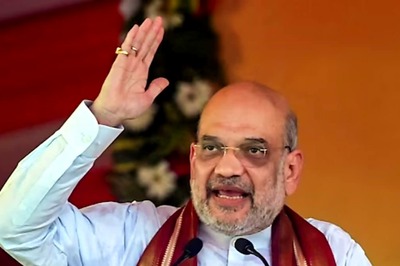
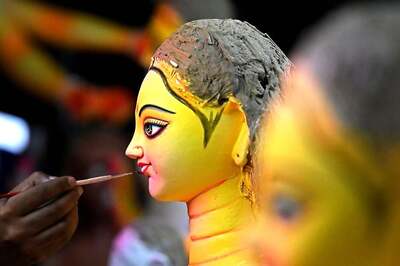
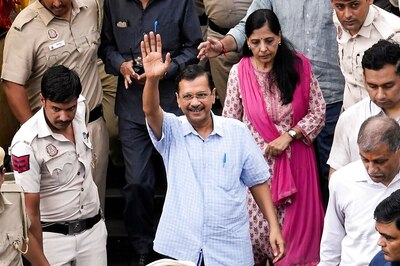


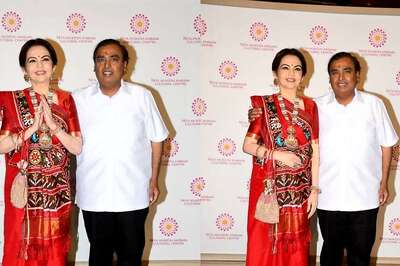
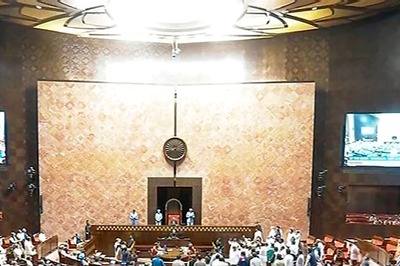
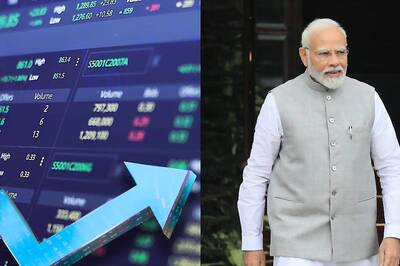
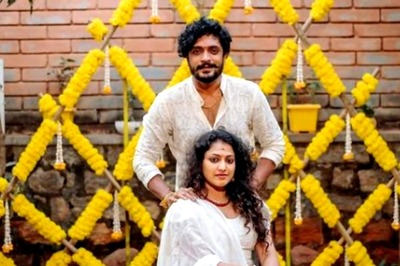

Comments
0 comment